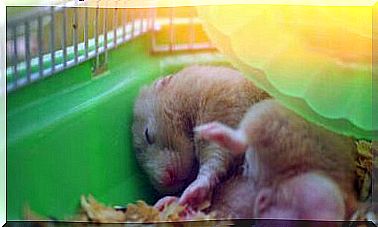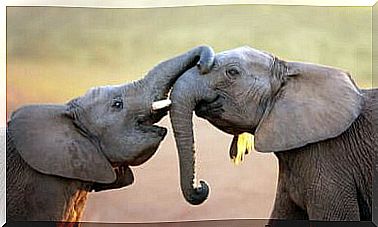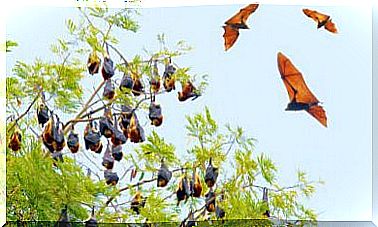Are There Animals That Don’t Sleep?
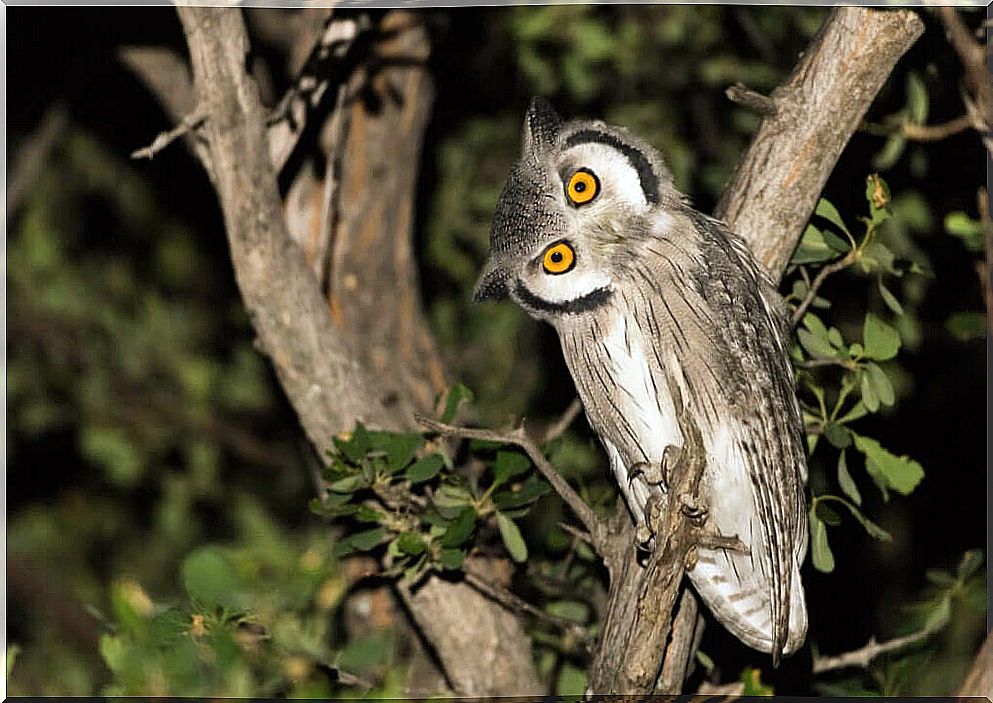
Sleep has a reason besides rest. In animals, sleep triggers a series of repair mechanisms necessary for the proper functioning of the body. Furthermore, during sleep, neurological processes that are important for good brain activity and the consolidation of memory and learning also occur.
As surprising as it may seem, there are no animals that do not sleep, but there is great variability in the resting time of different species. While there are animals that can sleep more than 20 hours a day – such as koalas – others need only a few minutes of restful sleep.
Why do we need sleep?
Sleeping is a vital process for animals, as lack of sleep can have negative consequences for different body systems. Even bees can exhibit abnormal and erratic behavior when deprived of rest.
While we sleep, the brain doesn’t just rest from all the stimuli present in the environment. This organ also “works” during the night, as it consolidates what was learned during waking hours and fixes the individual’s memory.
Are there animals that don’t sleep?
In nature, there are animals that sleep for a few hours or even a few minutes and are able to survive in this way throughout their life cycle. The characteristics of their environment or their way of life determine the sleep of these animals. Below, we will show some examples.
Giraffes only sleep two hours a day
These large herbivores need only two to four hours a day to get a complete sleep, but they don’t sleep continuously, as the longest rest period usually doesn’t exceed two hours.
Giraffes sleep at short intervals of about ten minutes, and most of that time is usually a light sleep during which they remain standing. When they are in the deep sleep phase, they rest their heads on their bodies, but this represents only a small fraction of their total rest.
What are the reasons for such a short rest? Giraffes are much more vulnerable when they are lying down, as the seconds it would take to get up with the arrival of a predator are essential to escape and be able to defend themselves.
Another theory that tries to explain this peculiar rest is the way of eating. Giraffes – like other ruminants – spend most of the day feeding. Short, spaced naps – rather than several hours of sleep at a time – can be better combined as an activity alongside eating and ruminating.

Birds and dolphins can sleep with half their brain awake
Science has always wondered how it was possible that animals that live most of their lives in the air or water could sleep. The answer to this question is found in uni-hemispheric sleep.
Birds and aquatic mammals have adapted to this type of strategy. An example of this is dolphins, which sleep with one of the hemispheres of the brain awake. There is an alternation between the two hemispheres, the that allows these animals fully rest as you breathe and swim – or fly – at the same time.
When sleeping with just one hemisphere of the brain, the other remains conscious enough for the animal to rise to the surface in search of oxygen. Added to this peculiarity is the fact that he sleeps with only one eye open, on the opposite side of the awake hemisphere.
Do insects sleep?
Insects also sleep and there are differences in sleep distribution in each group. For example, the tireless ants rest for a period of about four hours a day, divided into about 250 naps of approximately one minute.
This type of rest is practiced by worker ants, collectors and soldiers, however, the queen ant has a longer sleep. No doubt rest is also a matter of privilege in the animal kingdom.
And the fish? Are they animals that don’t sleep?
Fish do not need to rise to the surface to breathe in the same way that aquatic mammals do, but during sleep they are also more vulnerable to predators. As with other animals, fish also have different habits, as there are diurnal, nocturnal or twilight species.
To rest, most fish look for a hidden place to hide, stop swimming and decrease their metabolic activity, something more like rest than sleep itself.
In short, they do something similar to other animals, but the difference is that they don’t sleep soundly – they don’t have the REM phase – or, at least, that’s what we believed until now.
Recent studies have documented REM sleep for the first time in zebrafish , a model animal in genetic studies. In fact, these fish, with which we share a large part of the genome, have sleep patterns very similar to those of humans.
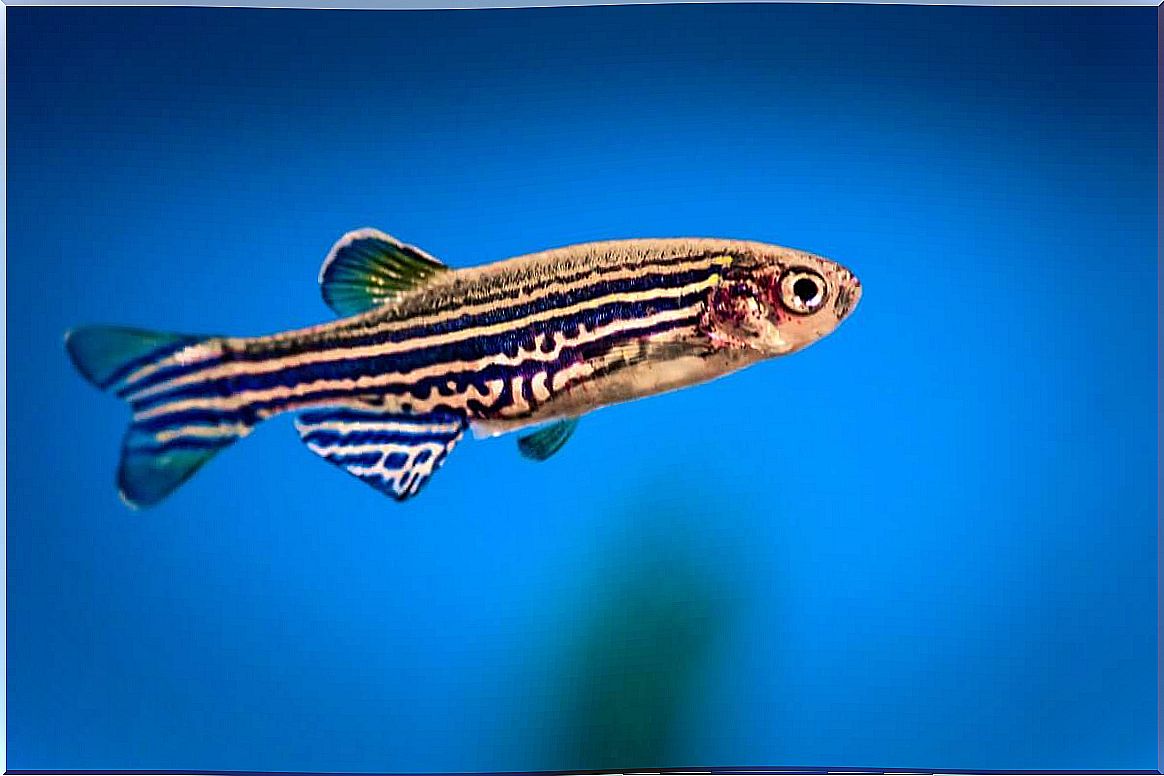
As seen in these lines, there are no animals that do not sleep, if we understand this rest as any stop in which individual metabolic activity decreases. Still, the number of sleep-related adaptations and techniques in the animal world is, to say the least, staggering.
